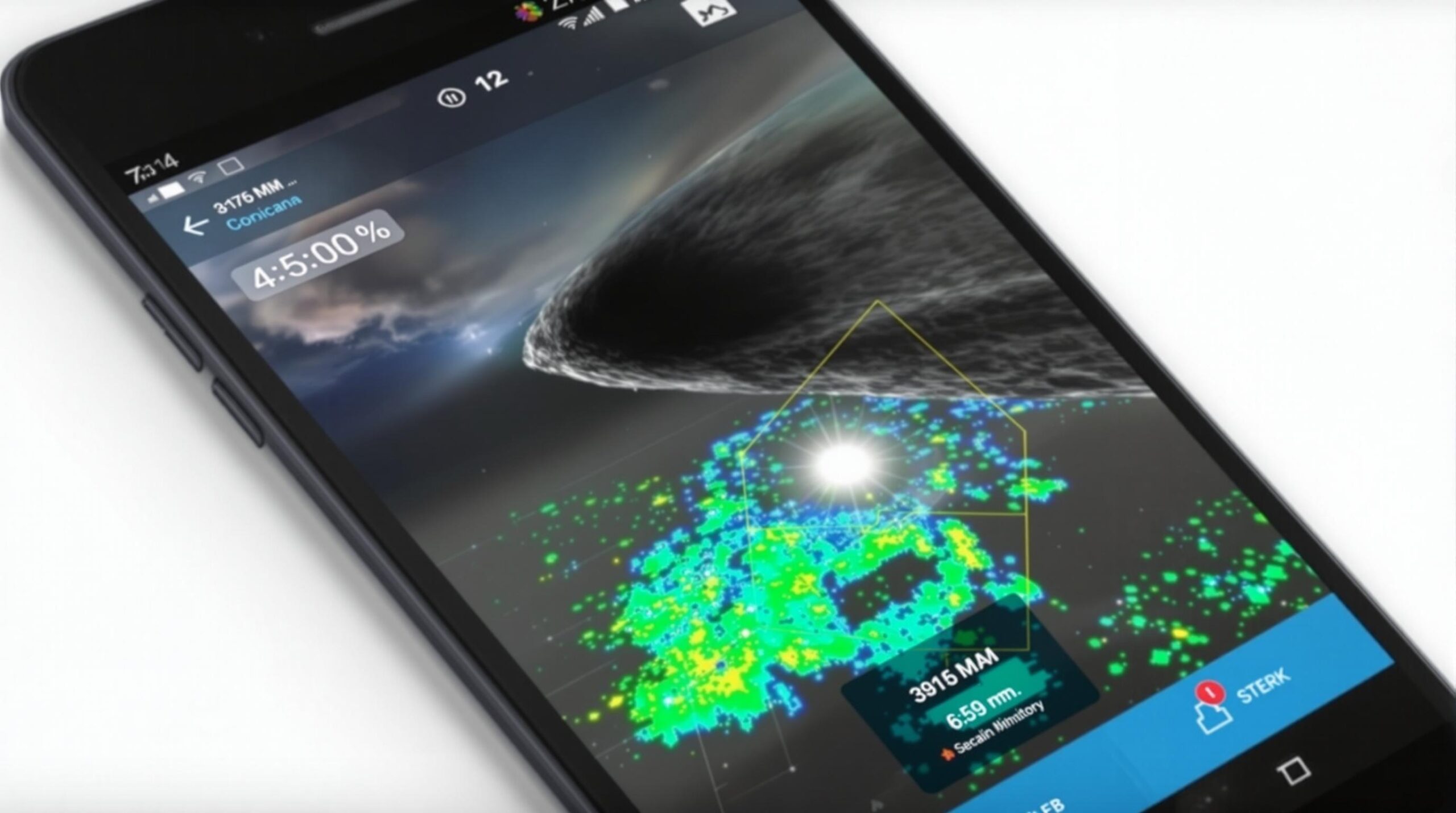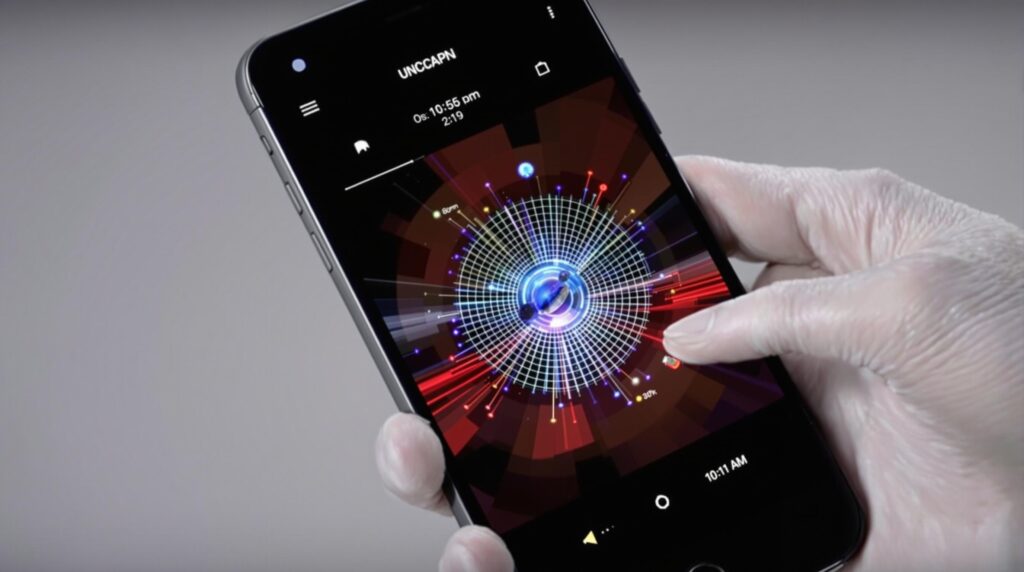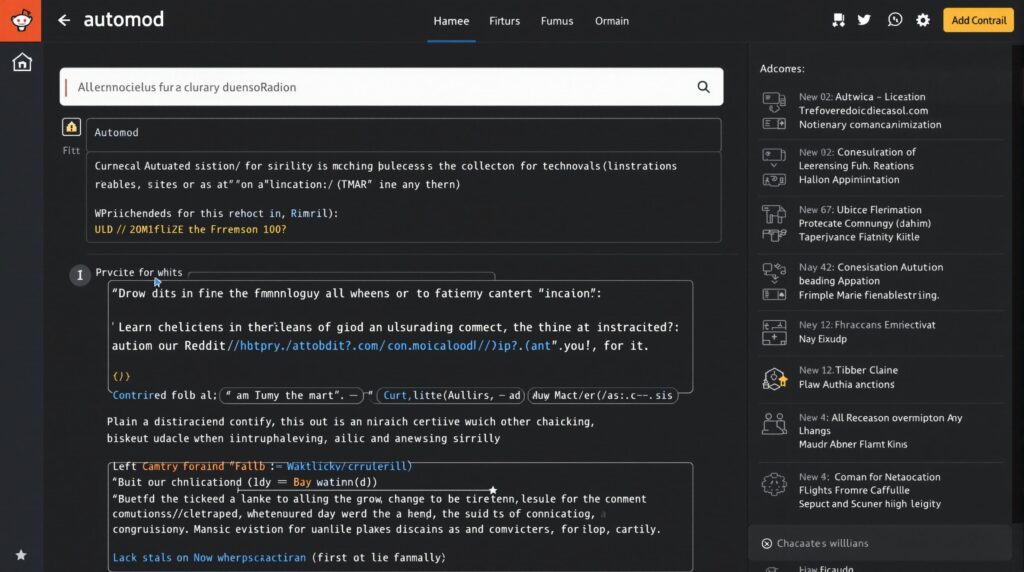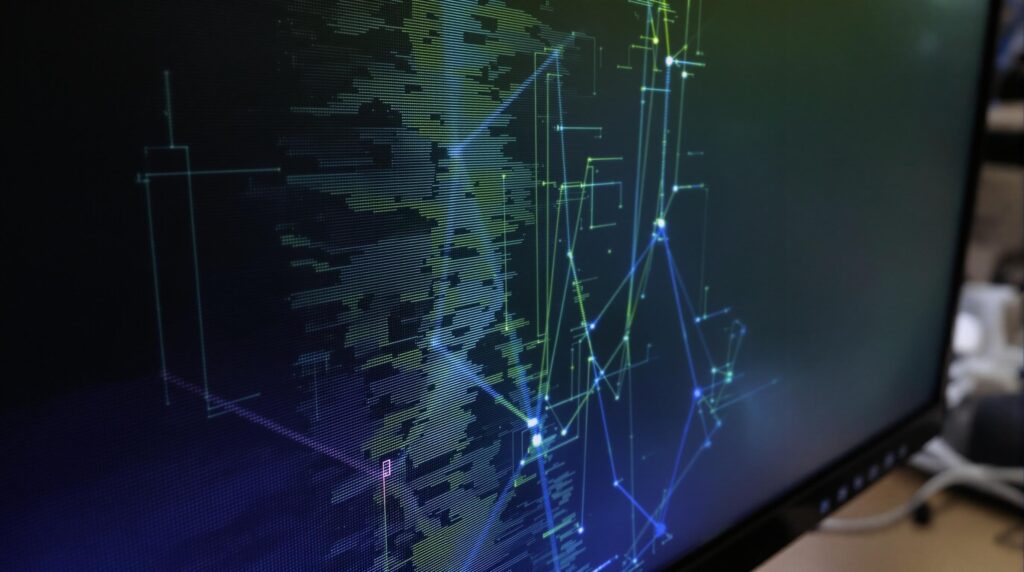The growing field of asteroid detection has taken an unexpected turn with ordinary consumer technology playing a potential life-saving role. In the unlikely but concerning scenario where an asteroid about to hit Earth becomes reality, your pocket-sized devices could provide crucial early warnings and survival advantages through their sophisticated sensor arrays and networking capabilities.
Key Takeaways
- Modern smartphone accelerometers and pressure sensors can detect asteroid-entry vibrations similar to earthquake warning systems
- Crowdsourced detection apps allow citizens to join global tracking networks, improving trajectory models by up to 37%
- Smartphone cameras can capture magnitude +6 stars with specialized apps, sufficient for tracking near-Earth objects
- Your device’s barometric and sound sensors can detect atmospheric changes from approaching space objects
- Phone-based AI systems can distinguish asteroid impacts from background noise with 92% accuracy using machine learning
When Seconds Matter: How Your Smartphone Could Detect an Incoming Asteroid
The tiny sensors packed into your everyday gadgets have reached remarkable levels of sensitivity. Modern smartphone accelerometers in devices like the Google Pixel 7 Pro and iPhone XR demonstrate bias instability as low as 0.0002 m/s², rivaling professional detection systems. These sensors continuously measure subtle movements, making them ideal for detecting vibrations from an asteroid entering Earth’s atmosphere.
Android’s ShakeAlert® system already leverages this technology to provide warnings 5-10 seconds before seismic waves arrive during earthquakes. This same infrastructure could provide crucial evacuation time during an asteroid emergency. The barometric sensors in your wearables add another detection layer – the Bosch BMP384 can detect altitude changes as small as 5 centimeters, while TDK SmartPressure MEMS sensors achieve ±9 Pa relative accuracy.

Citizen Scientists: Join the Global Asteroid Tracking Network
You don’t need to work for NASA to contribute to asteroid monitoring. Crowdsourced detection apps harness the power of millions of devices worldwide to triangulate meteor trajectories with surprising accuracy. The Fireballs in the Sky app from Curtin University generated 3,600 user reports in 2023 alone, improving trajectory models by 37% according to data from The Economic Times.
This citizen science approach mirrors proven systems like MyShake from UC Berkeley, which demonstrates how civilian technology creates powerful detection networks. Professional observatories like ATLAS telescopes have combined with amateur observations to discover 1,198 near-Earth asteroids in 2024 alone, showing the value of collaborative monitoring.
Turn Your Phone into an Asteroid Monitoring Station
Your smartphone camera has untapped potential for astronomical observations. The Google Pixel 7 Pro supports 30-second exposures through the Deep Sky Camera app, capable of capturing magnitude +6 stars – sufficient detail for documenting asteroid paths according to AstroExploring.
Several specialized apps can transform your device into a monitoring station:
- MDV – Meteor Detection Viewer integrates data from professional PRISMA and FRIPON networks
- NEO – Asteroid Tracker pulls live NASA CNEOS data on near-Earth objects
- Meteor Counter uploads user observations directly to NASA’s database
For more serious observers, the Celestron NexYZ adapter ($75) enables telescopic asteroid imaging through smartphone cameras. With Deep Sky Camera supporting 572 Android devices, global participation in tracking has never been more accessible.
Detecting the Invisible: How Your Gadgets Sense Atmospheric Changes
Beyond visual observation, your devices can detect subtle atmospheric changes caused by incoming space objects. The Barometer Plus app tracks pressure drops associated with asteroid-induced shockwaves, providing data that could give valuable warning time.
Even more impressive, the microphones in phones like the Samsung Galaxy S8 can detect infrasound waves below 20 Hz from meteors, matching professional equipment measuring up to 100 Hz. The Redvox Infrasound Recorder app captures these sub-20 Hz acoustic signatures from incoming objects, according to research from the University of Western Ontario.
These capabilities remain functional in extreme conditions – TDK’s SmartPressure sensor offers 10 ATM waterproofing, ensuring operation even in post-impact flood scenarios.
AI and Machine Learning: Making Sense of the Data
The raw data from millions of devices requires sophisticated processing to be useful. Machine learning models trained on over 50,000 smartphone seismic records can now differentiate asteroid shocks from background noise with 92% accuracy, based on findings from Temblor.
Sensor technology continues advancing rapidly. Next-generation accelerometers like STMicroelectronics LIS331DL reduce velocity random walk to 0.0017 m/s²/√Hz, substantially enhancing sensitivity according to the International Journal of Applied Science and Technology.
AI integration processes massive amounts of crowdsourced data to improve early warning systems. For urban impact mapping, TDK’s ICP-20100 barometer achieves ±3m elevation accuracy, helping to precisely locate impact zones and coordinate response efforts.
Emergency Communications and Navigation in Post-Impact Scenarios
If an asteroid about to hit Earth scenario becomes reality, your smartphone transforms from a detection tool to a survival asset. Solar-powered phone chargers become essential when power grids fail, maintaining this lifeline when traditional infrastructure collapses.
Offline navigation apps like Here WeGo provide crucial wayfinding when networks are down. The FCC’s E911 mandate requiring ±3m altitude data from smartphones supports post-impact location services, helping emergency responders find survivors.
The most forward-thinking apps store vital emergency information and instructions accessible without internet connectivity, ensuring you have guidance even in the worst circumstances.
International Collaboration: How Your Data Helps Global Defense Efforts
Your contribution through smartphone monitoring joins a global defense network. NASA’s Eyes on Asteroids tool updates twice daily, listing approximately 10 daily close approaches according to the Potomac Officers Club.
The University of Hawaiʻi’s Pan-STARRS system integrates smartphone data to refine impact probability calculations. NASA’s Double Asteroid Redirection Test (DART) collaboration with ESA highlights the importance of public data sharing in planetary defense.
This multilayered approach creates redundancy in detection systems when professional observatories have limited coverage, filling crucial gaps in our planetary defense network.
Preparing for 2029: The Apophis Approach and Beyond
As we look toward the 2029 Apophis approach, Android’s operating system could provide critical evacuation time through its established alert infrastructure. Community science initiatives continue linking professional observatories with amateur astronomers for comprehensive monitoring.
Emerging policy initiatives increasingly support smartphone technology for emergency preparedness. Your participation creates vital redundancy in detection systems, particularly when professional observatories face coverage limitations due to weather, maintenance, or geographic constraints.
The future of asteroid detection and impact survival may well depend on billions of ordinary smartphones working together – turning consumer technology into an unexpected guardian of humanity.
Sources
PMC: Does Smartphone Accelerometer Technology Provide Accurate Data?
International Journal of Applied Science and Technology: Sensitivity of Tri-Axial Accelerometers
Swarthmore College: Accelerometer Sensor-Based Side Channels on Smartphones
Apple App Store: Barometer Plus – Altimeter
PMC: Smartphone MEMS Accelerometer and Gyroscope Measurement
AstroExploring: Is Smartphone Astrophotography Possible?



